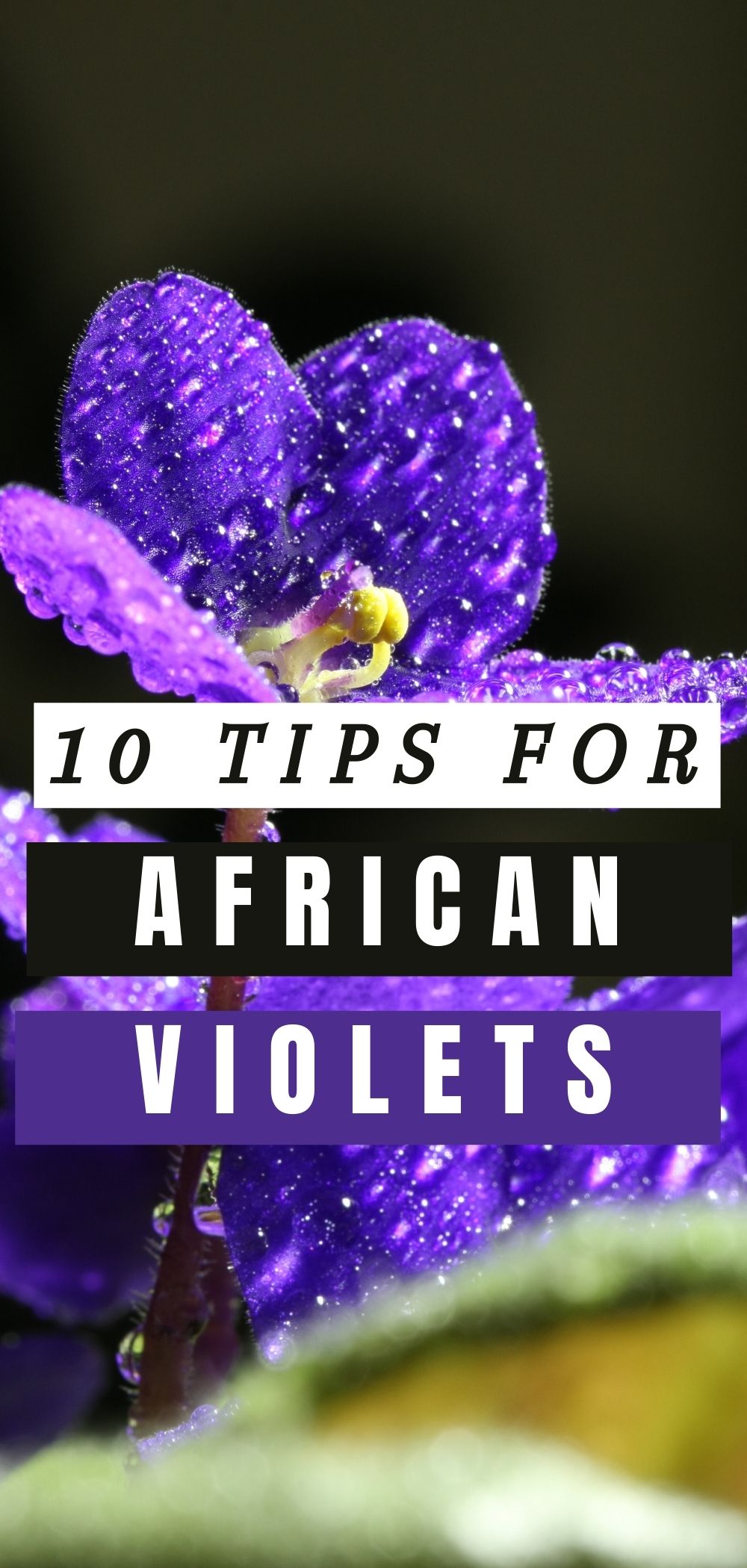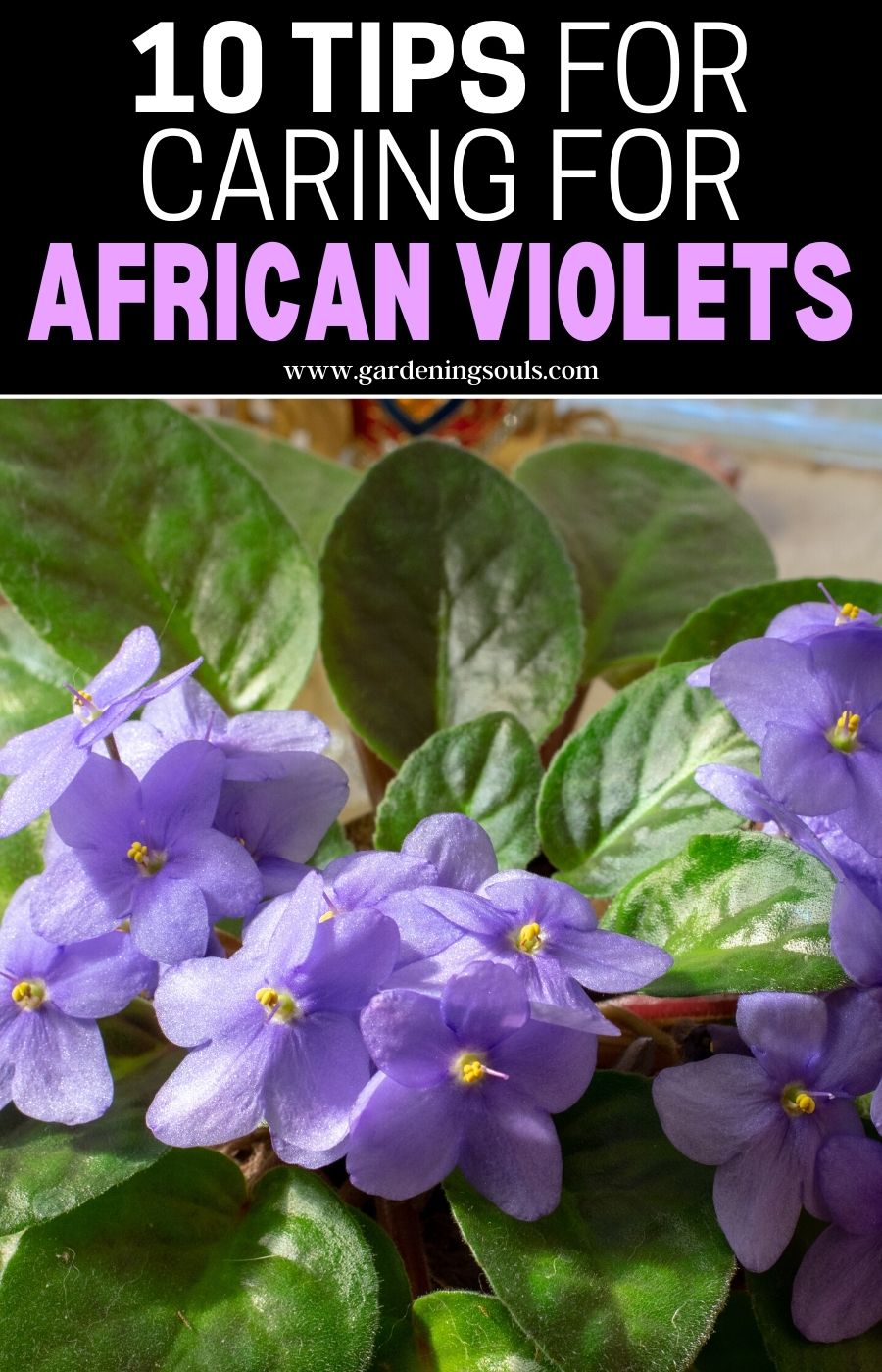HOUSEPLANTS
10 Tips for Caring for African Violets
African violets are one of the most beautiful plants. They have the kind of charm that can cheer up your day. If you would like to grow them, or if you are new in growing them, you will most definitely use these tips to help you in the process.
1. Environment
Grow African Violets indoors all year round. They are susceptible to insects and it is best to keep them inside in order to remain healthy.
2. Natural light
They require indirect light, otherwise direct sunshine can burn their leaves. It is perfect to place them at windowsills as long as they receive indirect sunlight. Windowsills that face east or west are the best locations for the plants which require 10-14 hours of light and eight hours of darkness a day for maximum blooms.

3. Water
Make sure you keep the soil moist to touch, but never soaked. If you water by hand don’t splash any water onto the leaves. Water from the bottom up. By doing this you will help avoid the spotted plant look.
4. Temperature
African violets are like a lot of people – they thrive in comfortable indoor temperatures that range from around 65 to 75 degrees Fahrenheit.
5. Humidity
African violets need a humid atmosphere. If you use the bottom-up watering system, your violets will already have the advantage of this method that creates humidity. Otherwise, you can keep the plants on dishes or trays of pebble that are kept moist.
6. Choosing Your Plant
Pick out the healthiest looking plant, the one with the darkest green leaves and healthiest buds, and purchase your violets from a reputable grower or nursery.
7. Choosing Your Container
As all plants, plant your African Violets in pots with proper drainage holes. This is essential in order to prevent root rot and make sure your plants stay healthy.
8. Soil
As I mentioned above, drainage is very important in keeping your African violet healthy, so choose a commercial mix of sterile potting soil and perlite, If you need to re-pot, make sure to use sterile potting mix.
9. Feeding
These amazing plants don’t require much fertilizer, and can suffer from over-fertilization; If you notice your plant isn’t thriving or isn’t blooming very often, then use a fertilizer that is specifically made for African violets and don’t overdo it.
10. Propagation
Once you see new crowns have formed in the pot, remove the entire plant so you can gently separate the new growth and put it in its own container.Or, you can cut a leaf from the plant and root it in water, making sure that the water does not cover the leaf.
These amazing flowers will beautify your home so much, and all of your guests will be amazed!



